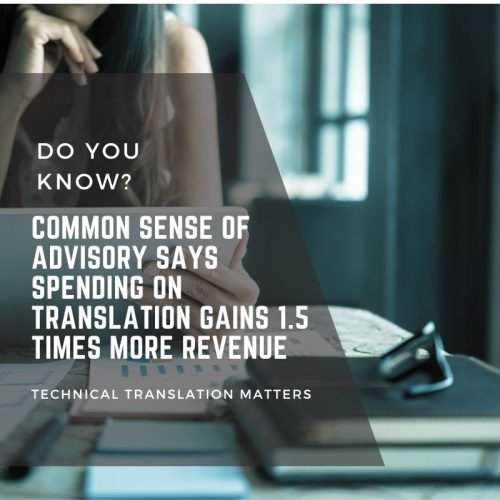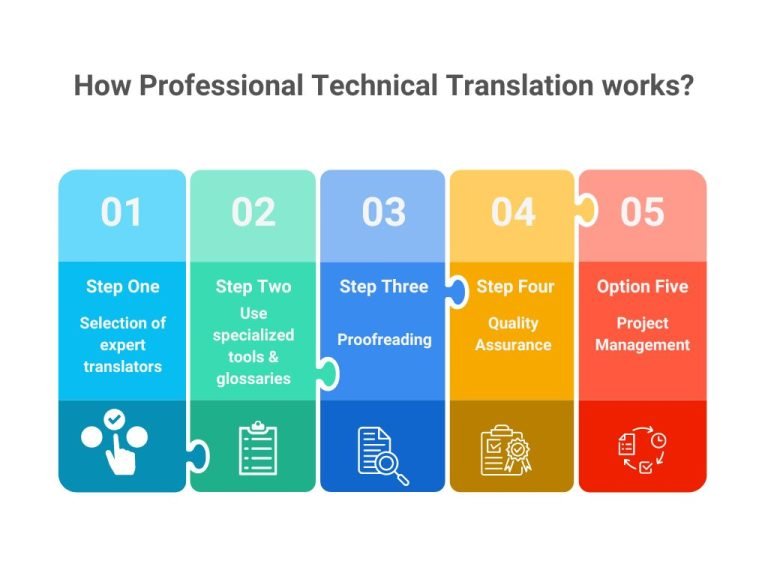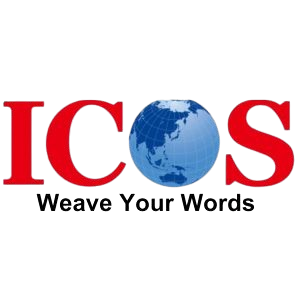Why Technical Translation Matters: Precision and Clarity Across Industries
“Every language is a world. Without translation, we would be living in provinces bordering on silence.” – George Steiner.
This statement holds so much truth with all the international B2B deals between cross-border companies for their own good.
Imagine:
Your business locked in a big contract with a global ally.
You’re excited to get their high-tech tools into your workflow. But there’s a catch—all the paperwork comes in a language your team can’t read.
A unanimous “uh-oh” murmurs across the room.
This isn’t just annoying; It’s a major hurdle in B2B relationships.
That’s when technical translation services swoop in.
This isn’t simply about word replacement; it’s about making sure every technical point is easy to grasp in a language you can understand.
Whether you’re unpacking detailed engineering plans, trying to understand dense software guides, or making sense of medical study, precise translation is a must.
Even one misunderstood word could bring expensive mistakes or even worse.
In the B2B universe, errors in translation can lead to substantial financial hits and a tarnished image. Hence, be cautious- as accurate and precisely correct technical translation matters.
By this post’s end, you’ll see why investing in top-notch technical translation isn’t just smart—it’s essential.

What is Technical Translation?
Technical translation is about changing dense technical information from one language to another.
It’s more complex than just knowing two languages; it also involves a deep understanding of the particular subject.
Let’s say we’re translating a user manual for a medical tool. The translator should know the medical terms and how the tool works to ensure the instructions are correct.
Words that form connections are key in technical translation.
They help sentences and paragraphs flow smoothly, so the translated text is easy to read. By using these words right, translators can keep the original content’s meaning in an organized structure.
Table of Contents
ToggleTypes of Technical Translation
Engineering Documents
Engineering documents cover various materials, including manuals, specifications, CAD drawings, and project plans.
Translating these documents requires not just linguistic skills but also a deep understanding of engineering principles and terminology.
For instance, a manual for a new piece of machinery must be translated precisely to ensure that engineers and technicians can follow the instructions accurately. Misinterpretations could lead to operational failures and costly downtimes.
Medical and Pharmaceutical Documents
The medical and pharmaceutical fields are rife with specialized documents such as clinical trial reports, patient information leaflets, and medical device instructions.
Accurate translation in this sector is not just a matter of convenience; it’s a matter of life and death.
Translating a clinical trial report, for example, ensures that researchers worldwide can replicate studies and validate results, fostering global medical advancements. According to a study, errors in medical translations can lead to severe health risks, emphasizing the need for precision.
IT and Software Localization
In IT, technical translation often involves user interfaces, software manuals, and help files. Software localization is crucial for making technology accessible to a global audience.
For instance, translating the user interface of a complex software application ensures that users from different linguistic backgrounds can navigate it effortlessly.
This enhances user experience and expands the software’s market reach. A survey showed that localized software products are more likely to be purchased by 56% of consumers.
Automotive Documents
The automotive industry relies heavily on technical translations for user manuals, maintenance guides, and technical service bulletins.
Translating these documents flawlessly ensures that vehicle owners and mechanics in different countries can understand how to operate and maintain vehicles properly.
Imagine the chaos if a maintenance guide for a car model was mistranslated—it could lead to improper servicing and safety hazards. Proper translation in this field ensures safety and consistency in vehicle maintenance worldwide.
Scientific Research Papers
Scientific research papers, including studies, reports, and academic articles, require meticulous translation to ensure that findings are accurately communicated.
For instance, translating a groundbreaking study on renewable energy can make the research accessible to scientists and policymakers worldwide, fostering collaboration and innovation.
Each of these types of technical translations requires language proficiency and specialized knowledge in the respective field. Both ensure that the translated documents are accurate, clear, and useful to the target audience.
How do Professional Technical Translation Services work?

Understanding the intricacies of professional technical translation services is crucial for ensuring precision and clarity in your translated documents. Here’s a step-by-step breakdown:
Selection of Expert Translators:
Translators are chosen based on their expertise in the specific technical field, whether engineering, IT, pharmaceuticals, or another industry.
They must deeply understand both the source and target languages to ensure nuanced and accurate translations.
Use of Specialized Tools and Glossaries:
These tools help maintain consistent terminology across documents, essential for technical accuracy.
Translation memory tools save previously translated phrases and sentences, speeding up the process and ensuring uniformity.
Multiple Rounds of Proofreading:
The first pass is typically a thorough review by the translator or an editor to catch any obvious errors.
A second translator or subject matter expert reviews the document to ensure technical accuracy and clarity.
Quality Assurance:
Quality insurance involves a detailed examination of the document to catch any remaining errors and to ensure that the formatting matches the original.
The translated document is often sent to the client for final approval, allowing for any last-minute adjustments based on specific requirements.
Project Management:
A dedicated project manager oversees the entire process, ensuring that deadlines are met and that the translation meets the client’s standards.
Regular updates are provided to the client to keep them informed about the progress and any potential issues.
What Documents Require Technical Translation?
Technical translation can be done for a variety of documents; some of the common ones are
- White papers and scientific documents
- User and operating manuals
- Technical reports
- Patents and patent applications
- Datasheets
- Manuals and guides for electronic products
- Technical e-learning manuals
- Technical specification of the products
- Data gathering and its interpretation
- Products installation manuals
- Safety manuals
- Maintenance guides
- Technical drawings
- Technical products and their warranties.
Different Applications of Technical Translation:
- Engineering and Manufacturing: Ensuring clear translations of product specifications and user manuals for global markets.
- Healthcare and Pharmaceuticals: Translating clinical trials and regulatory documents to ensure safety and compliance.
- Information Technology: Localizing software and user interfaces to enhance global user experience.
- Automotive Industry: Translating maintenance guides and user manuals to ensure safe and proper vehicle usage.
- Scientific Research: Making research accessible globally by translating papers and studies for international collaboration.
Frequently Asked Questions
Literal translation involves translating text word-for-word without considering context or meaning. Technical translation, on the other hand, requires understanding the specific terminology and context of the industry to convey the correct meaning.
While demand can vary by industry, languages like English, Chinese, German, and Japanese are often in high demand due to their prominence in global business and technology.
Technical translation is challenging because it requires language skills and expertise in the specific field. Translators must understand complex terminology and concepts to ensure accuracy.
Translation is crucial for effective communication, especially in technical fields. It ensures that all cross-border stakeholders have access to the same information (in the same context), vital for safety, compliance, and collaboration.
Translating technical documents involves key steps: selecting specialized translators, using industry-specific glossaries, employing translation tools for consistency, and thorough proofreading and quality assurance.
Signing off-
Technical translation is not only beneficial; it is indispensable in our global society.
Accurate technical translation is essential for properly understanding and using information, regardless of the industry involved, whether it be engineering, automotive, IT, or any other.
This has the potential to prevent costly errors and drive innovation.
Therefore, when encountering a complex document that is not in your native language, understand that this is where technical translation helps.
It’s high time we understand that it is crucial to consider the importance of professional technical translation services.
They assist industries in their communication and advancement in a subtle manner.
Connect with us if you are looking for expert technical translation.
For details engineering translation services click here

